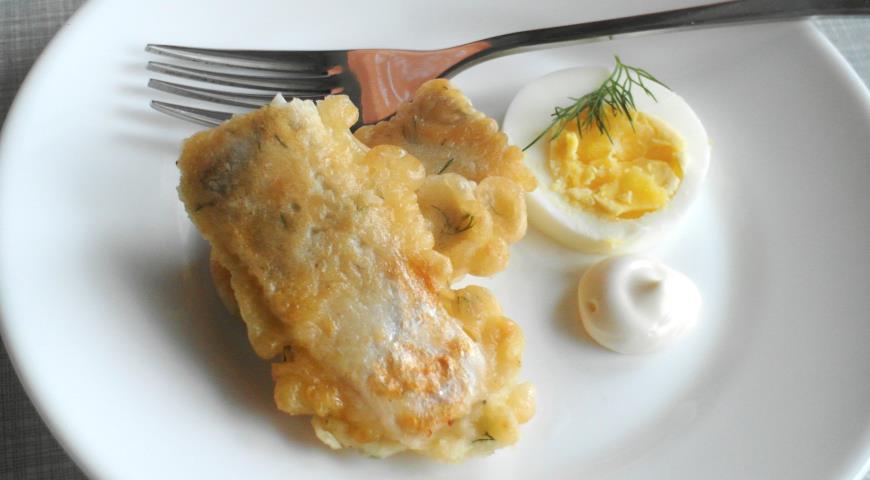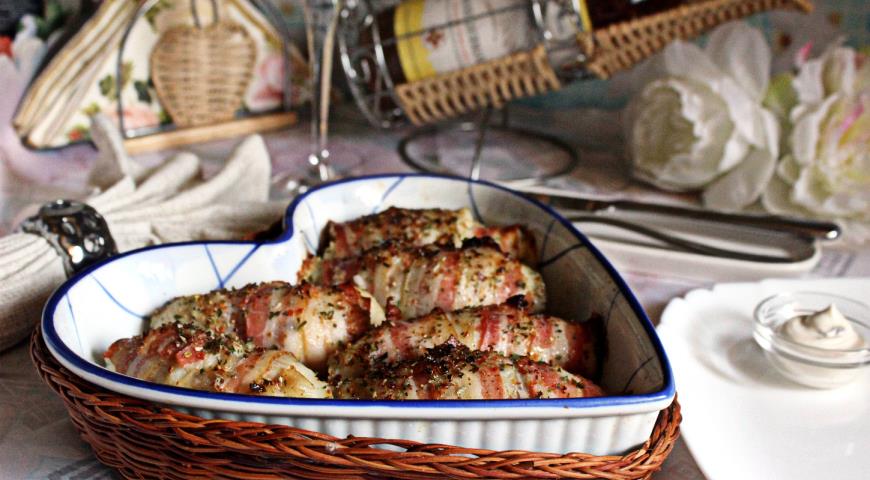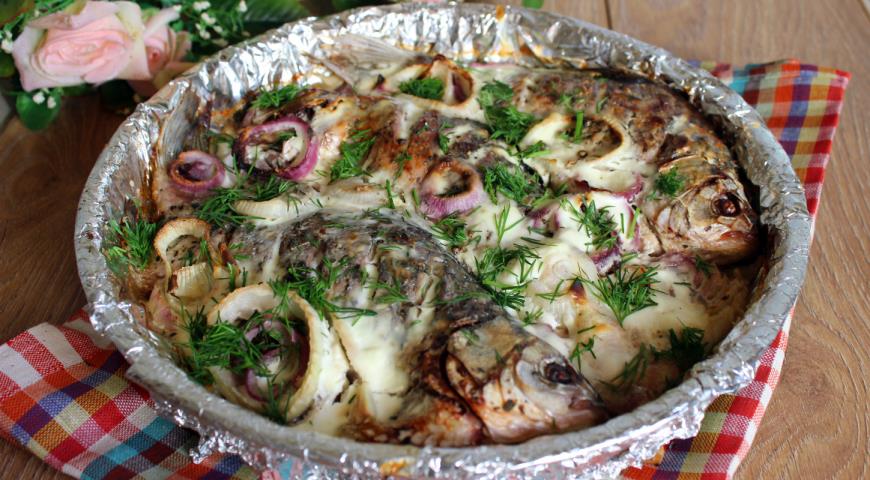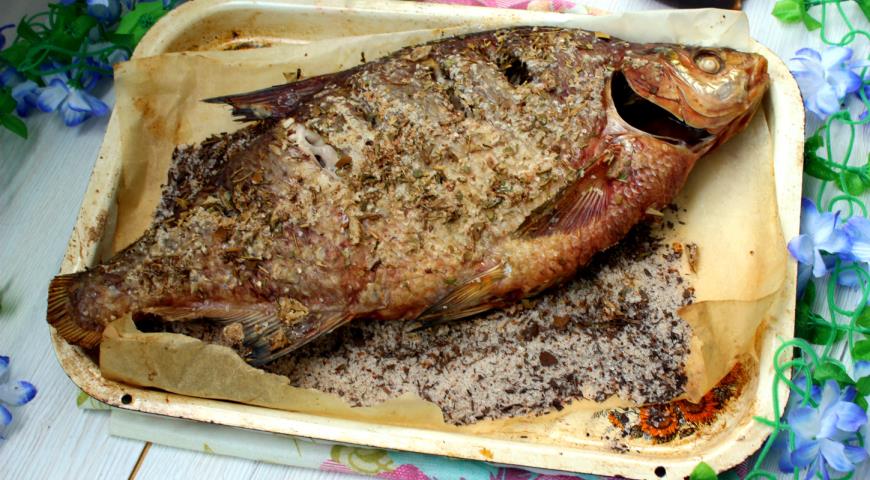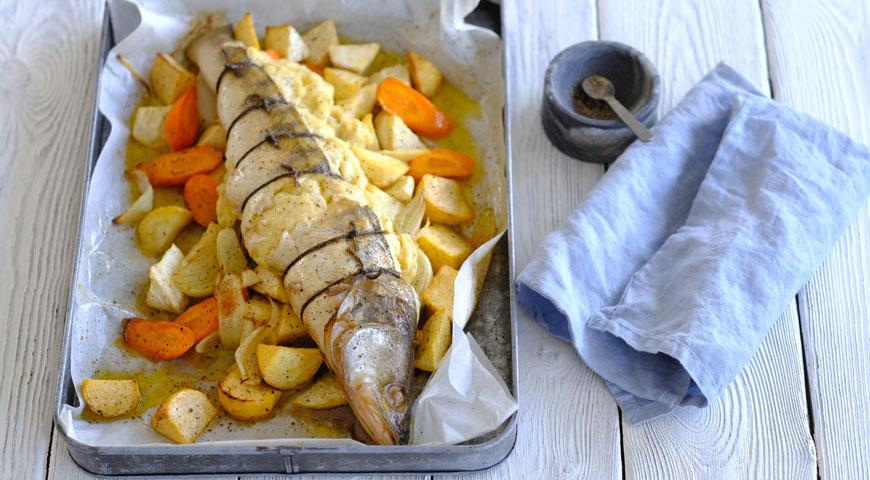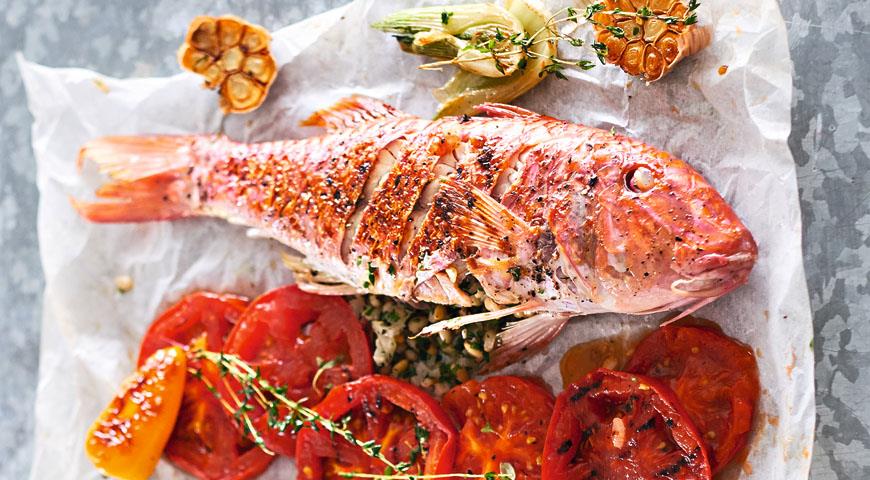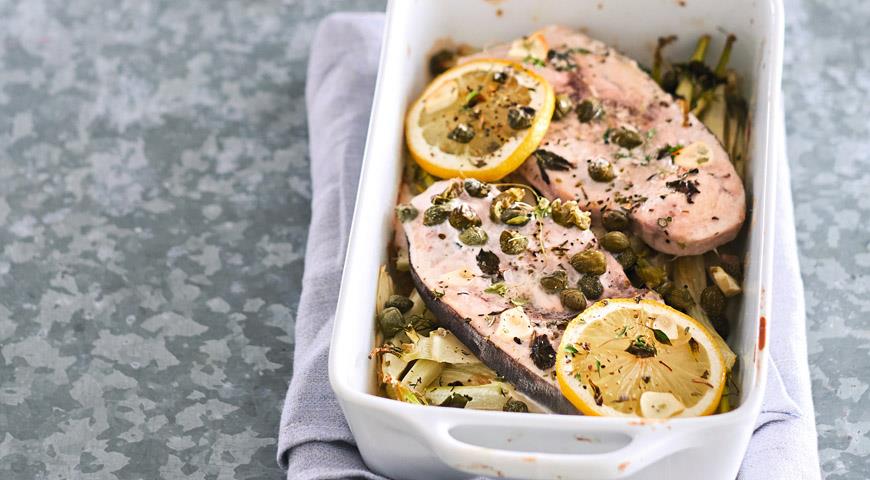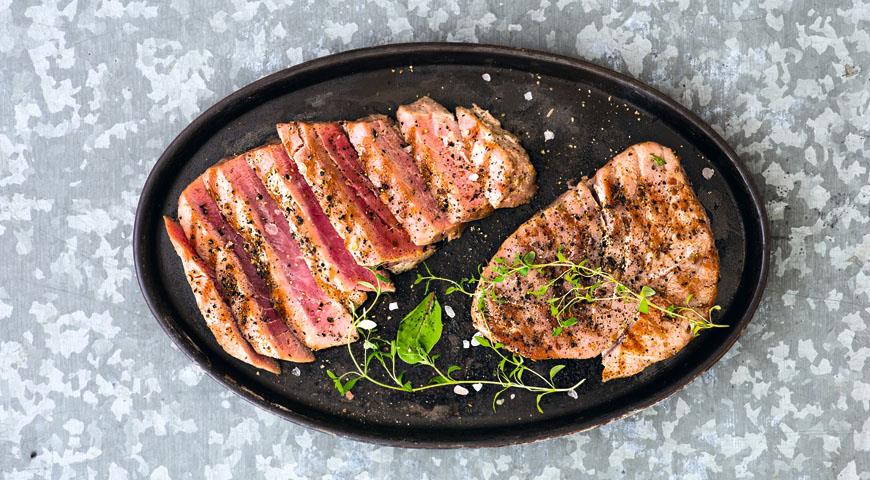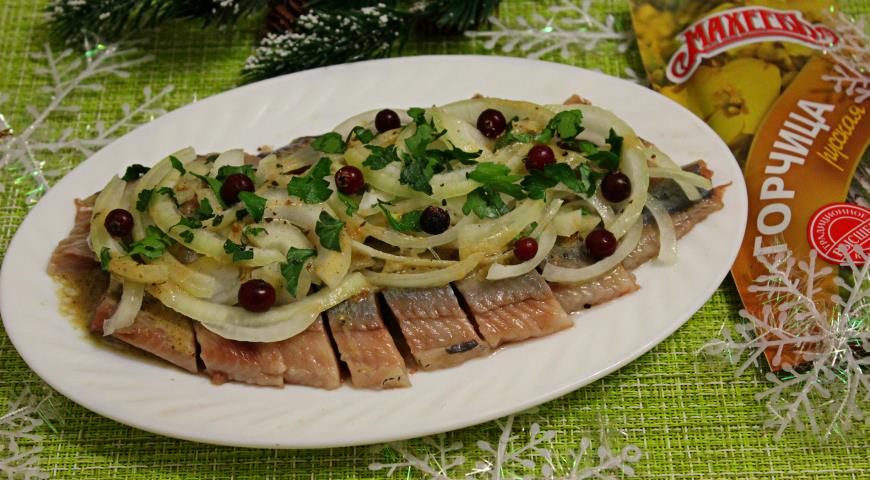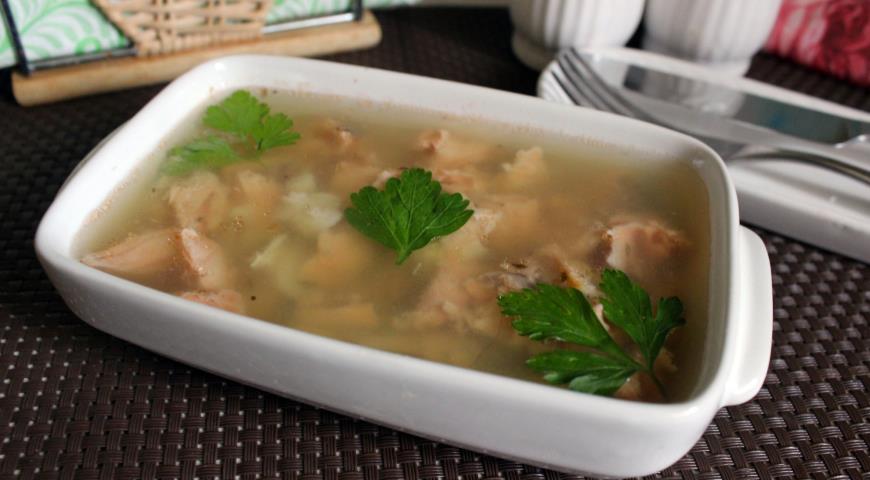 Jellied trout and pike perch on agar-agar
Jellied trout and pike perch on agar-agar
Pike perch Orly
Orly pike perch - this is what my mother, Belova Lyudmila Vasilievna, called the juicy fish in batter according to this recipe. Later I found out that in old cookbooks a similar dish is often found under the same name. They say that the history of his appearance is as follows: an associate of the hetman of Ukraine I.S. Mazepa (1644-1709) Philip Orlik (1672-1742), once in France, opened a tavern near Paris, whose signature dish was deep-fried pike perch. In this case, the pieces of fish were dipped in a batter before heat treatment. The locals liked this dish very much, and they affectionately nicknamed it in honor of Orlik "pike perch-Orly". It is curious that later it "migrated" from Paris to expensive restaurants in Moscow and St. Petersburg, and under the same name that has survived to this day. PS 1. Since the main fish in this dish, you need to approach its choice very thoroughly. In the recipe, I recommend using fillets from small or medium-sized fish, since, in my opinion, the meat is more tender. 2. There is a variation in the amount of wheat flour in the set of products: the more you put in the batter, the thicker it will be, the better it will envelop the pieces of fish and less spread in the pan at the beginning of the frying process, but keep in mind that with more flour The batter is denser, and the sweetish shade of added sugar is less pronounced, which forms, in my opinion, a very pleasant combination with this dietary, but aromatic and valuable fish. In the recipe, I "save" and use quite a bit of oil for frying, but you can also deep-fry the fish: with this method, the batter can be with a minimum amount of flour (ie liquid), since it quickly sets in the oil and evenly distributed over the surface of the pieces. 3. To make this dish even healthier, you can replace a part (up to 30 grams) of the entire norm of ordinary wheat flour for batter with the same amount of fine whole wheat flour. 4. Milk and sour cream for batter, I take not very fatty, given that the fish is fried in oil.
- pike perch fillet (medium size) on the skin (frozen or chilled) 900-1000 gr.
- lemon juice about 30 ml
- salt, ground black or a mixture of 4 types of pepper to taste
- 2 medium eggs (total weight about 130 gr.)
- granulated sugar ½ tsp (about 2-3 gr.)
- sour cream 15-18% fat about 30 gr.
- milk 2.5-3.2% fat 200 ml
- wheat flour of the highest grade 150-180 gr.
- fresh dill or parsley (optional) 4 gr.
- refined sunflower oil (with the addition of olive oil) (for frying)
- boiled eggs (2-3 pcs.) and mayonnaise for serving (optional)


